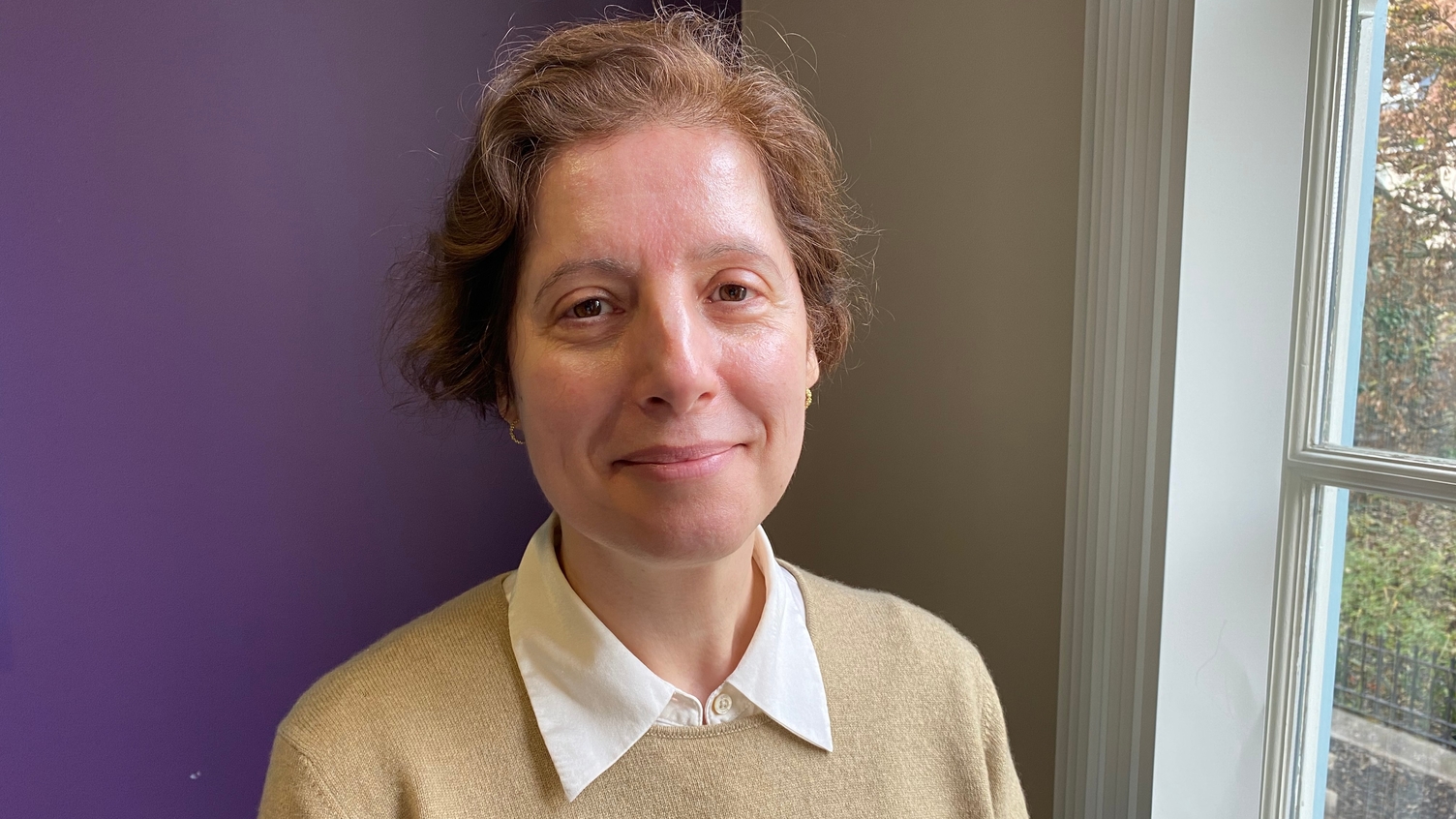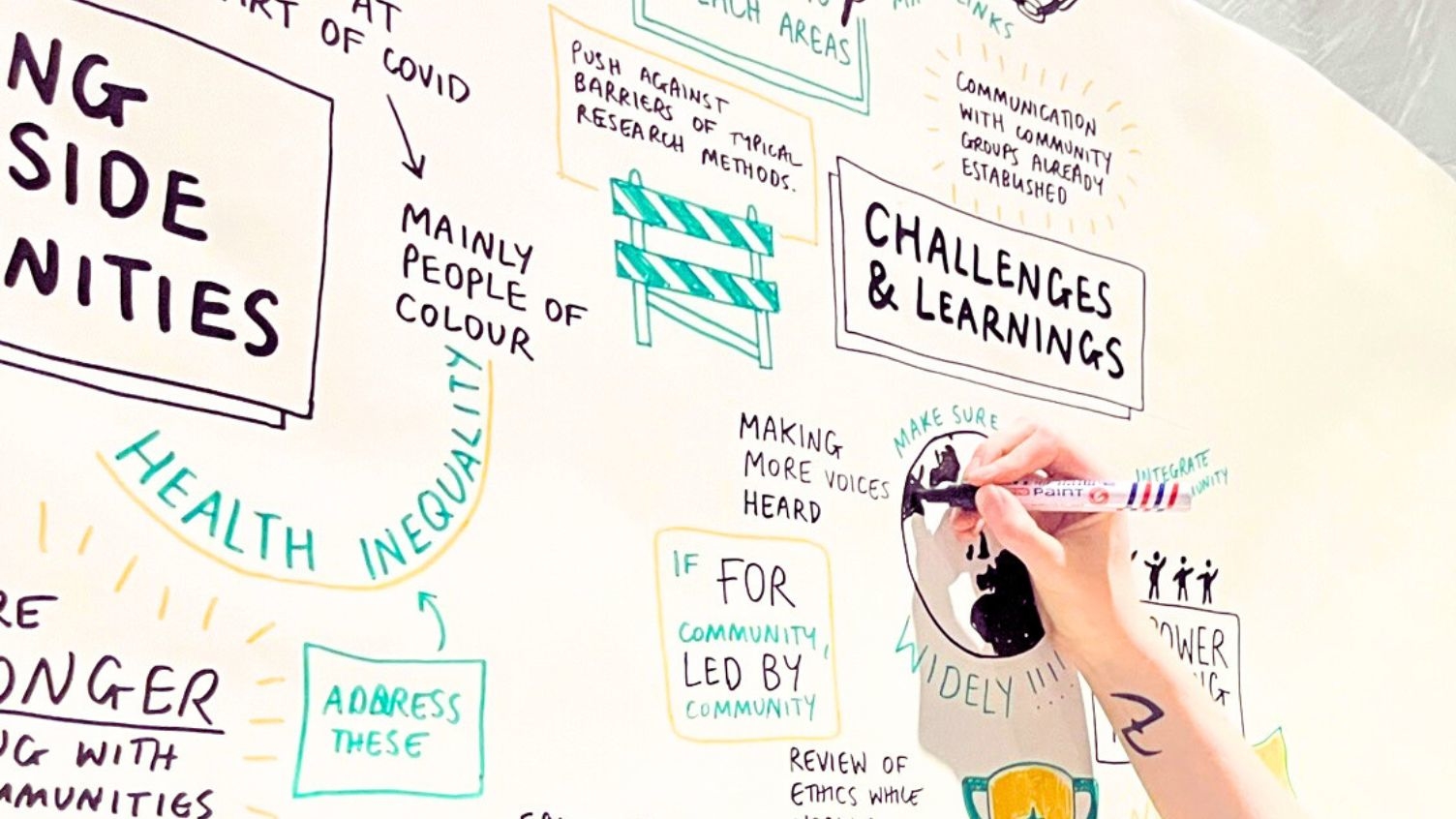Power in partnership: how COVID-19 has led to a collaborative research approach in Lincolnshire
- 7 August 2020
- 2 min read
The research community across the East Midlands has had to adapt to deliver studies during the COVID-19 pandemic. Tracy McCranor, Clinical Research Manager at Lincolnshire Partnership NHS Foundation Trust (LPFT) tells us about the county-wide collaboration that has been developed with regional partners…
“As soon as the pandemic began, we wanted to work together to pool resources and knowledge across Lincolnshire so that we could deliver the Urgent Public Health studies into COVID-19,” Tracy explains. With the initial studies taking place mostly in acute settings, there was a clear need for increased capacity that could be met with support from the community and mental health trusts.
Working together, the three trusts across Lincolnshire developed an initial plan to provide cover for research taking place across United Lincolnshire Hospitals NHS Trust. “We arranged for access to sites, sourced uniforms, and made sure that everyone has access to the necessary systems,” Tracy says. “We also developed an induction programme for staff who would be working at a different trust, which was overseen by the CRN East Midlands Research Support Team.”
Adopting a collaborative approach meant that there was improved capacity and capability to deliver vital COVID-19 research, and that patients could be recruited into studies at the time when there was the highest number of potential recruits. “We had talked about greater partnership working before, but the pandemic served as the impetus to make rapid changes, and we’re all agreed that it has had a positive impact,” Tracy adds.
As attention turns to vaccine studies, the research teams across Lincolnshire are exploring how they can build upon this successful collaboration to develop a similar model for vaccine research. “We think that there is great potential in using this kind of model more widely in the future, including for vaccines research,” Tracy says. “It offers improved access to research opportunities for all of our patient population, and we’re now starting from a position of strength in that we know more about how different people work, and where we can provide added value to support each other.”
Tracy identifies the flexibility and determination of staff as the main reason that the new approach has proven to be so successful. “Even though people have been asked to work on different types of studies in different locations, everyone has risen to the challenge brilliantly,” she says. “It’s that attitude and sense of collective determination that has enabled us to break down barriers to work more effectively together.”
Looking ahead to the future, the aim is to use greater collaboration to try and bring more research into the county once the pandemic subsides. “Our response to COVID-19 has shown what we can achieve together,” Tracy adds, “and by continuing to work together we’re determined to provide more research opportunities to help us improve health outcomes for patients and people across our county and beyond.”


